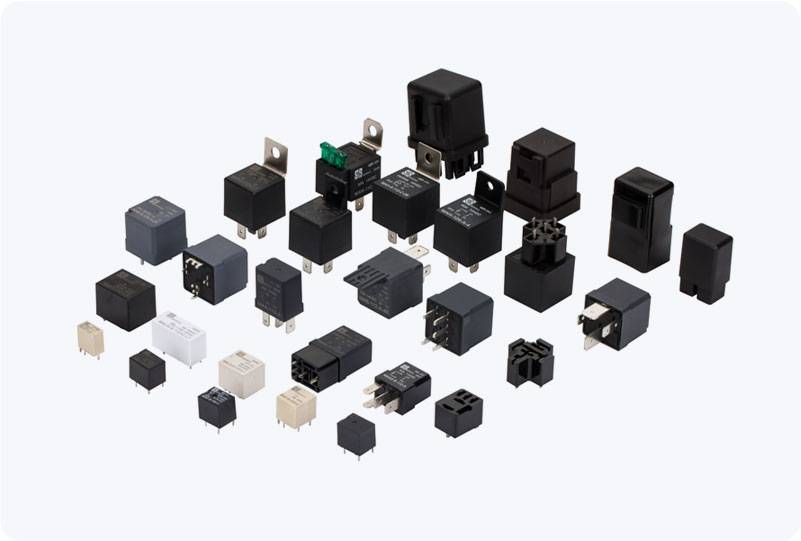Safety is paramount in any industrial environment, and ensuring the protection of both workers and machinery is crucial for the overall functionality of production systems. One such critical component designed to enhance safety in industrial automation is the Safety Relay. This device plays a vital role in safeguarding personnel, machinery, and equipment by promptly reacting to fault conditions, such as system failures or hazards, and activating emergency shutdowns to prevent accidents.

What is a Safety Relay? A Safety Relay is an electrical component that serves as an intermediary between the safety control system and the machinery. It monitors various inputs from safety devices like emergency stop buttons, safety sensors, light curtains, and limit switches. When the system detects a fault or hazardous condition, the Safety Relay immediately interrupts the power supply to the machinery, shutting down the system to protect people and equipment from potential danger. These relays are designed to meet high standards of reliability and responsiveness, especially in critical safety applications. They are often utilized in systems that require compliance with international safety standards, such as EN 61508, ISO 13849, or EN 62061, which outline the performance and design requirements for functional safety.
Leave a Reply